Source: Purchased
Paperback, 440 pages
I am an Amazon Affiliate
Leviathan by Scott Westerfeld — our October book club selection — is a steampunk novel set during the onset of WWI. Alek is whisked away in the middle of the night by his two teachers on a midnight run with one of their Austrian walkers, which they claim is practice for the coming battles. Meanwhile, in England, Deryn is hoping to join the British military service as a boy even though she has very feminine features and is very light compared to other boys in their young teens who are signing up. There is fact mixed with fiction, creating a fanciful landscape of genetically engineered animal ships and weapons alongside the mechanized beasts of gears and metal. Alek is learning to run the walker at night, while Deryn is learning the ropes as a midshipman. While things take a turn for the worse for both of these young people, both find their gumption to push through and find solutions, though not always the best or most satisfying.
When the story lines converge, it’s interesting to see how Deryn reacts to Alek’s self-importance and how timid Alek becomes in the presence of a science he’s only read about and never come in contact with. Westerfeld has melded these modern ideas with the past in a way that makes the world he’s created seem like an alternate to the real past. While the characters are coming of age in the time of war, there is still an innocence about this boy and girl that clings to them, and it’s clear that neither of them truly has a sense of fear when it comes to war — perhaps because of their sheltered lives and that the war they’ve encountered thus far has been minimal. Both seem to believe that they are invincible, throwing themselves blindly into action.
The subordinate characters are not as well developed, except for Dr. Barlow who is a Darwinist engaged in the science of weaving together living beings. The interplay between Barlow and the young teens is fun at times, but also enigmatic as each is hiding secrets from and about each other. Count Volger is an interesting caricature who shines the most in his one-on-one fencing session with Alek. The real stars of the novel are the Clankers’ machines and the beasts created by the Darwinists. Westerfeld does weave in some facts, but it’s unlikely that younger readers would see which is fact versus which is fiction without reading the Afterword. Leviathan by Scott Westerfeld is an adventure that young adults will enjoy for its fast-paced action and teenage bantering.
What the Book Club Thought:
Most of the book club enjoyed the book and seemed to prefer Deryn’s character more at first than Alek, but the ways in which the stories converged was well done. One member even indicated they would give it five stars because they couldn’t see how Westerfeld could have made it better, at least in structure. Most of the club said they would be interested in reading the second part of the series. The mixing of the facts with the fanciful seemed to work with everyone in the book club, though two members had not finished reading at the time of the meeting. The machines versus the genetically engineered beasts was an interesting angle, but the way in which the story is told demonstrated both sides so well that it enabled readers to see both sides of the story, rather than just see one as the enemy of the other. This book was well balanced, adventurous, and touched on WWI, though a modified version of it. Westerfeld also includes notes in the back about what facts were changed and which were maintained, which we felt was a good addition for those not as familiar with the time period.

Scott Westerfeld’s teen novels include the Uglies series, the Midnighters trilogy, The Last Days, an ALA Best Book for Young Adults and the sequel to Peeps. Scott was born in Texas, and alternates summers between Sydney, Australia, and New York City.
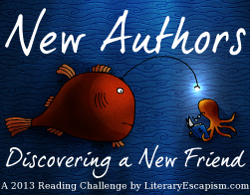


 About the Author:
About the Author: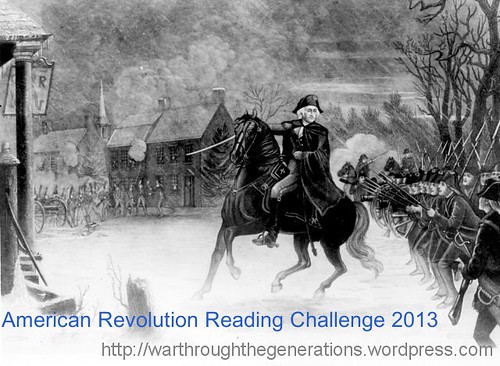
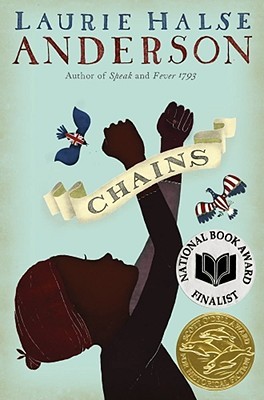
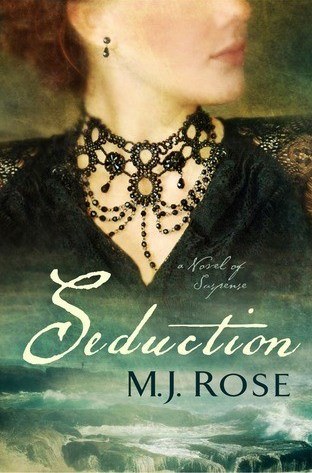
 About the Author:
About the Author:
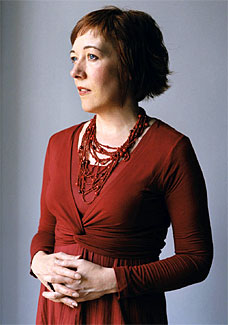 About the Author:
About the Author:
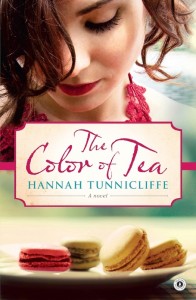
 About the Author:
About the Author:
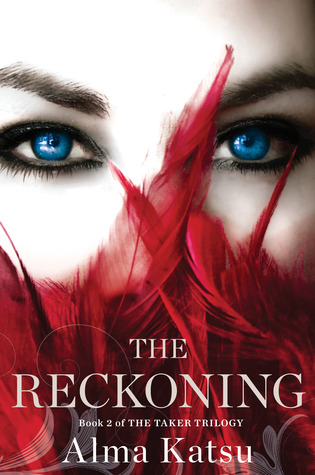
 A Farewell to Arms by Ernest Hemingway is an emotionally draining novel about Tenente Frederic Henry, an American serving in the ambulance corps of the Italian army during World War I, and the impact of war on its soldiers, displaced populations, and others. Some critics say that the novel is semi-autobiographical given that Hemingway did indeed serve in the Italian Army as an ambulance driver during the Great War; learn more about the autobiographical elements
A Farewell to Arms by Ernest Hemingway is an emotionally draining novel about Tenente Frederic Henry, an American serving in the ambulance corps of the Italian army during World War I, and the impact of war on its soldiers, displaced populations, and others. Some critics say that the novel is semi-autobiographical given that Hemingway did indeed serve in the Italian Army as an ambulance driver during the Great War; learn more about the autobiographical elements 
 About the Author:
About the Author:



